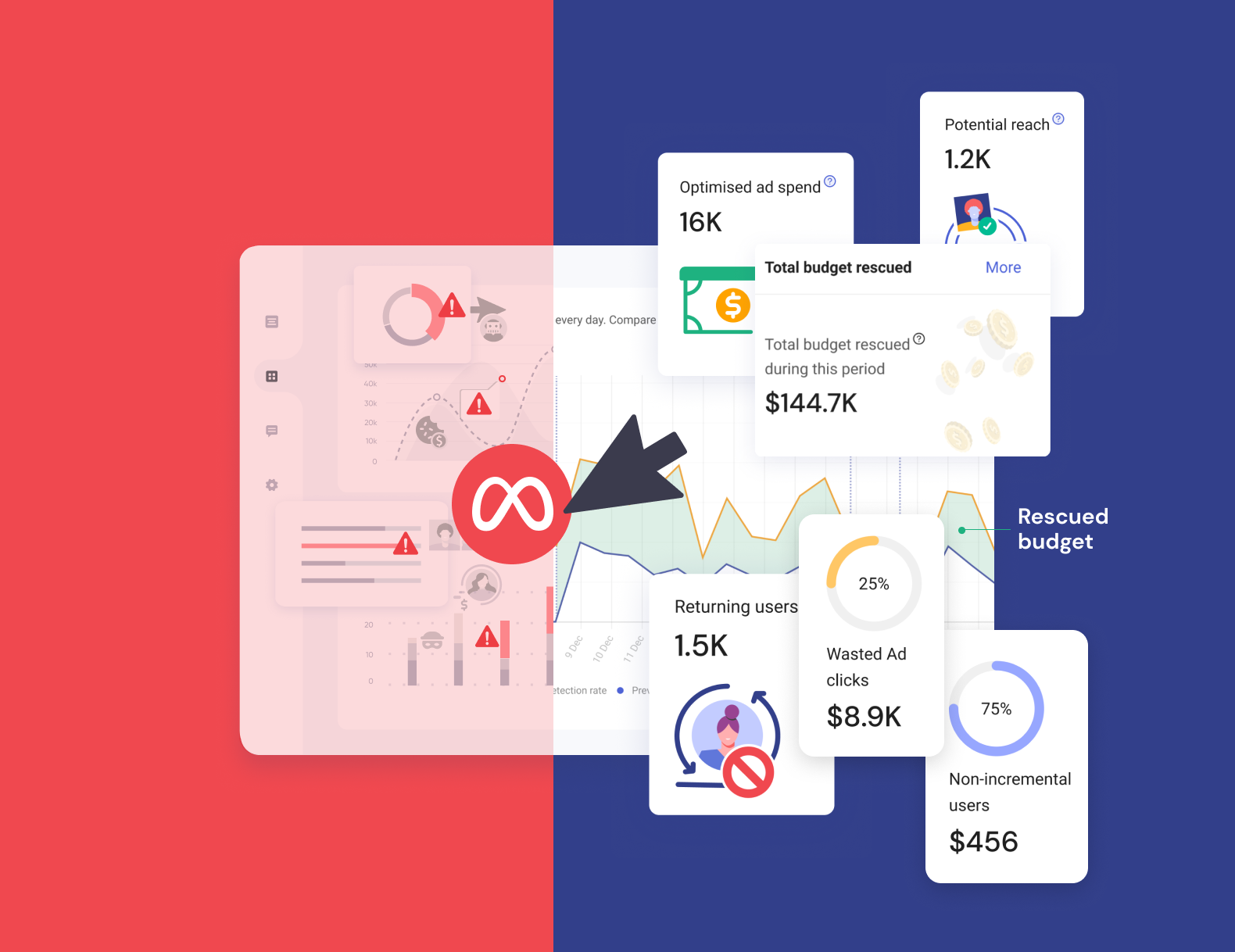Behind the Scenes: How Headless Browsers are the Bots' Secret Weapon
.png)
In the realm of web browsing and automation, it is essential to grasp the distinction between headless browsers and normal browsers. Each serves a unique purpose and offers specific advantages and disadvantages.
Headless browsers have become a popular choice for bots and automated testing environments due to their efficiency and versatility. Here's a closer look at why they are favored and how they are sometimes used for ad fraud.
What is a Headless Browser?
A headless browser is essentially a web browser without a graphical user interface (GUI). This means it operates without displaying any visual elements such as windows, tabs, or toolbars, and instead runs in the background.
Users interact with headless browsers through scripts or command lines, making them particularly suited for automated tasks.

What is a Normal Browser?
Conversely, a normal browser is what most users are accustomed to. It features a GUI that allows users to interact with web pages visually. This includes actions like clicking buttons, scrolling through pages, and viewing multimedia content. Normal browsers are designed for everyday browsing and user engagement.

Key Differences
- User Interface:
Headless Browser: Lacks a visual interface; interactions are conducted programmatically.
Normal Browser: Provides a full visual interface with interactive elements for user engagement. - Use Cases:
Headless Browser: Primarily utilised for automation tasks such as web scraping, testing, and data extraction. Its speed and efficiency are advantageous, as it does not need to render visual elements.
Normal Browser: Used for general browsing, allowing users to interact with websites in real-time. - Performance:
Headless Browser: Typically faster and more resource-efficient since it bypasses the rendering of graphical elements.
Normal Browser: May consume more resources due to the need to display content visually. - Interaction:
Headless Browser: Requires code for interaction, making it less suitable for tasks that need real-time user input.
Normal Browser: Facilitates direct user interaction through a GUI.
Why Headless Browsers are Popular for Bots and Automated Testing
Performance and Efficiency
Headless browsers run without a graphical user interface (GUI), which means they consume fewer resources and can execute tasks faster. This makes them ideal for automated testing and large-scale data processing tasks.
Automation Capabilities
They are perfect for automating repetitive tasks such as web scraping, form submissions, and UI testing. Tools like Puppeteer and Selenium enable developers to script interactions with web pages, making it easy to simulate user actions and test web applications.
Integration with CI/CD Pipelines
Headless browsers are often integrated into Continuous Integration and Continuous Deployment (CI/CD) pipelines. They allow automated tests to run efficiently in server environments without the need for a display, ensuring that code changes do not introduce regressions.
Cross-Browser Compatibility and Performance Testing
They support testing across different browser versions and platforms, ensuring that applications work correctly in various environments. They also facilitate performance testing by simulating multiple users and measuring response times.
Use of Headless Browsers in Ad Fraud
Headless browsers are also exploited for malicious activities, including ad fraud:
Click Fraud
Bots using headless browsers can simulate human-like interactions such as mouse movements and clicks. This capability is exploited to generate fake ad impressions and clicks, misleading advertisers into paying for non-human traffic.
Scalability and Stealth
These browsers can be deployed at scale using cloud computing, allowing bot operators to create vast networks that can mimic legitimate user behavior. Techniques like the Puppeteer-extra-plugin-stealth are used to mask the headless nature of these browsers, making it difficult to detect them as bots.
Complex Fraud Schemes
Headless browsers are used in sophisticated fraud schemes, such as creating fake accounts and executing Distributed Denial-of-Service (DDoS) attacks. By automating these processes, fraudsters can efficiently carry out large-scale operations with minimal human intervention.
In conclusion, while headless browsers offer significant advantages for legitimate automation and testing purposes, their capabilities also make them a tool of choice for fraudulent activities. This dual-use nature highlights the importance of robust detection mechanisms to differentiate between genuine and malicious use.
Other Resources
Bots, Malicious Traffic and Malware: A Threat To Sportsbooks?
Types of Ad Fraud Demystified: Bots
Explore Bots, Hosts, and Malware Threats with TrafficGuard
Get started - it's free
You can set up a TrafficGuard account in minutes, so we’ll be protecting your campaigns before you can say ‘sky-high ROI’.
Subscribe
Subscribe now to get all the latest news and insights on digital advertising, machine learning and ad fraud.








